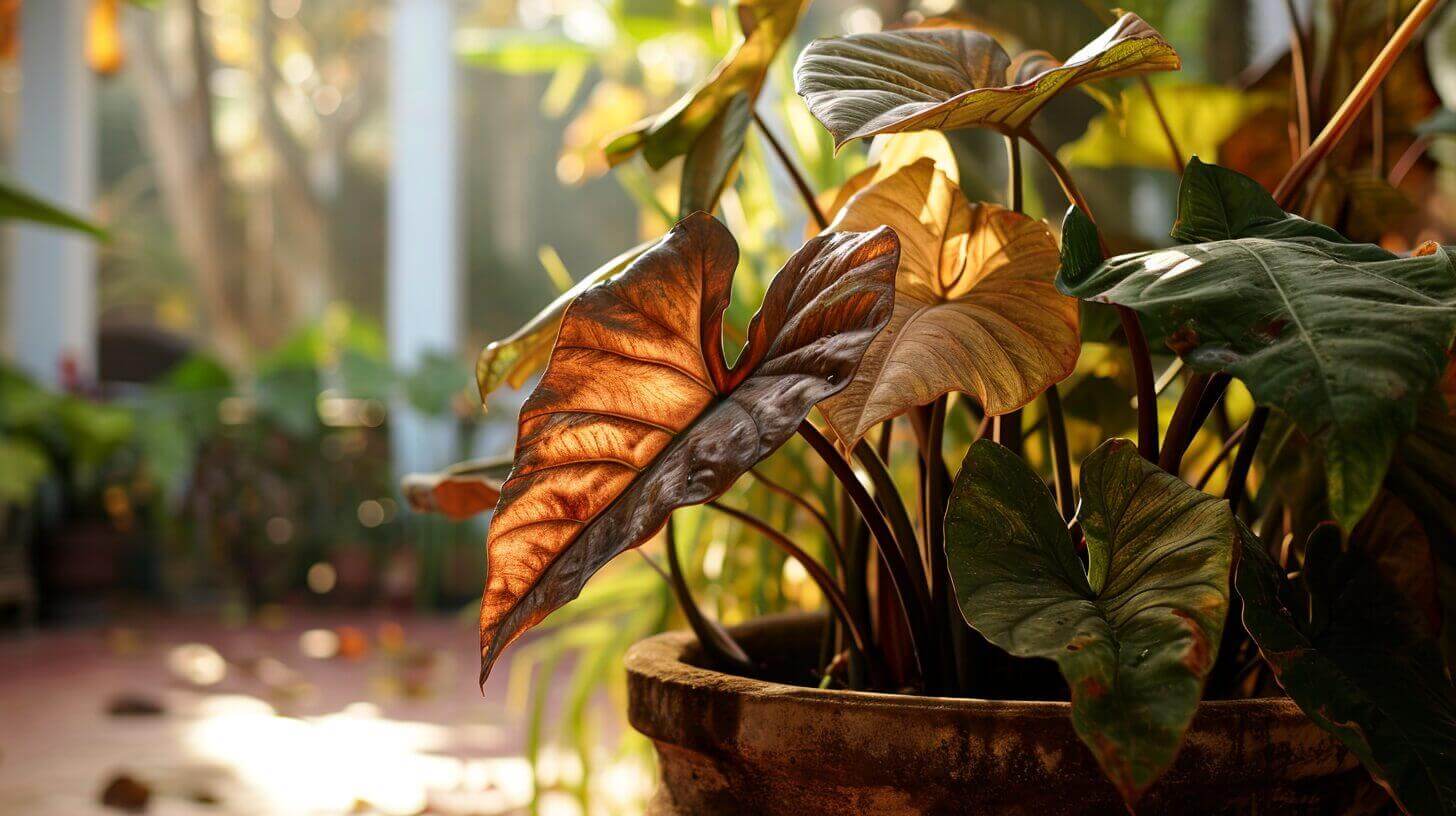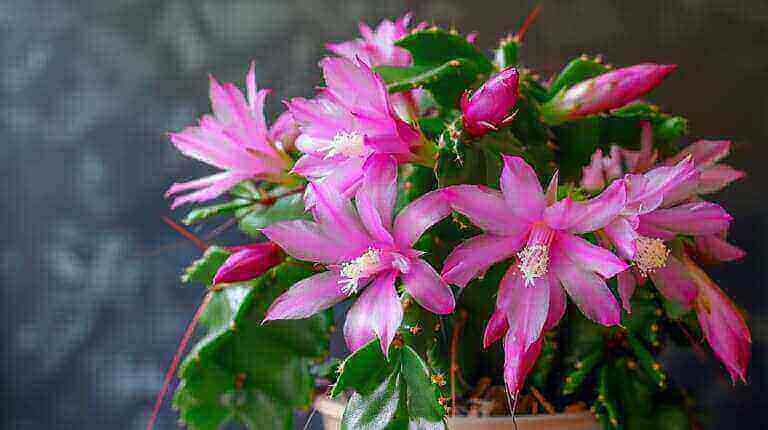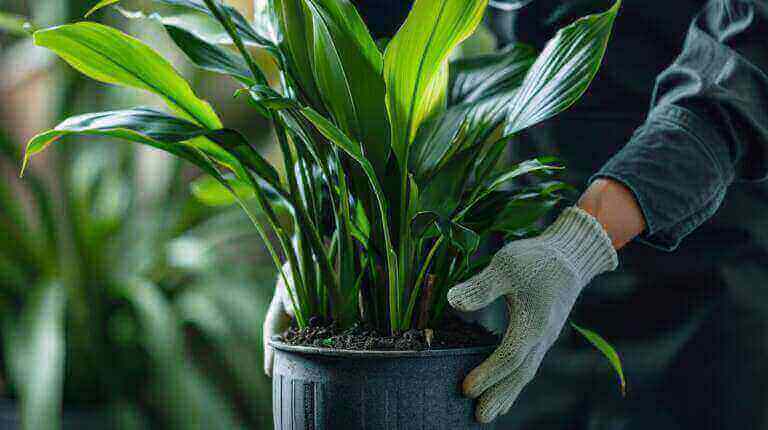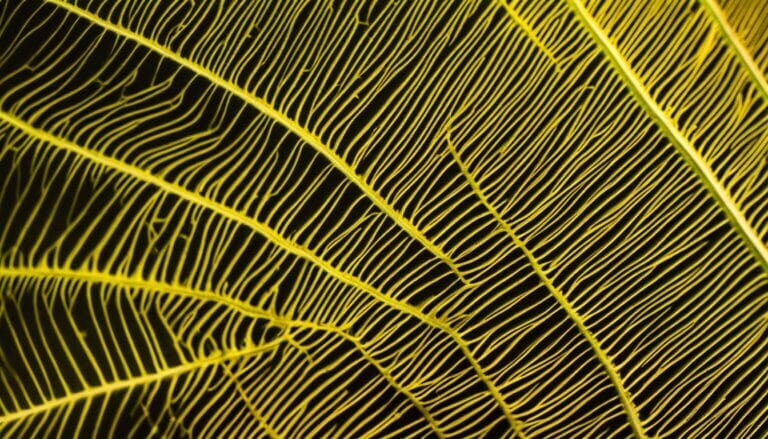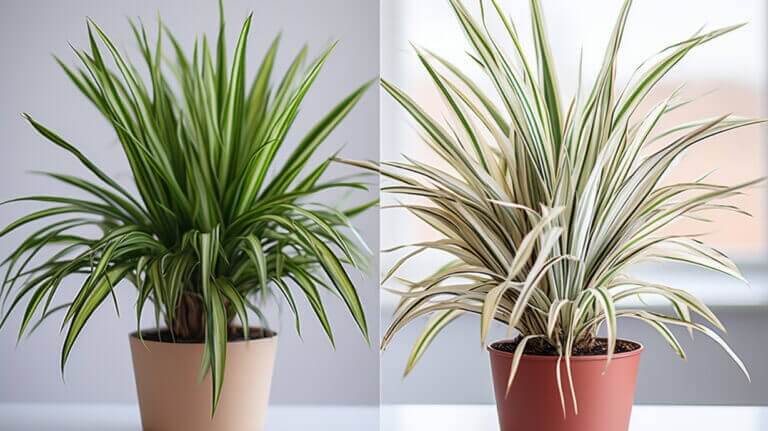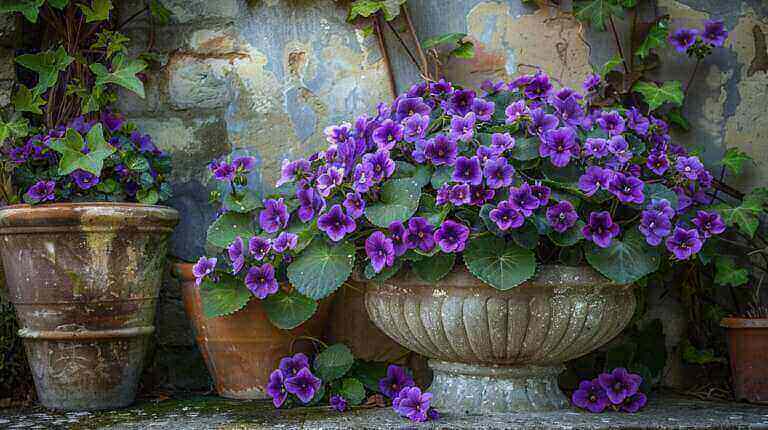Why is My Elephant Ear Plant Drooping ? Causes and Solutions
Elephant ear plants, scientifically known as Alocasias, are popular indoor plants prized for their distinctive leaves. However, drooping leaves are a common issue that indicates something is amiss. There are several reasons why your elephant ear plant may be dropping leaves, including incorrect watering, poor drainage, low light levels, nutrient deficiency, low humidity, and pest infestation. By addressing these issues, you can nurse your plant back to health and prevent further leaf drooping.
Key Takeaways:
- Elephant ear plants, or Alocasias, are popular indoor plants known for their unique leaves.
- Drooping leaves in elephant ear plants can be caused by incorrect watering, poor drainage, low light levels, nutrient deficiency, low humidity, or pest infestation.
- To prevent leaf drooping, water your elephant ear plant correctly and ensure it has good drainage.
- Place your plant in a bright location with sufficient natural light.
- Feed your plant with a well-balanced fertilizer to avoid nutrient deficiency.
- Maintain moderate to high humidity levels around your plant to prevent leaf drooping.
Incorrect Watering as a Cause Elephant Ear Plant Leaves Drooping
Drooping leaves in elephant ear plants can be a result of incorrect watering practices. It’s important to find the right balance when it comes to watering your plant to prevent leaf drooping. Alocasias prefer soil that is evenly moist but not waterlogged. Overwatering can suffocate the roots and lead to root rot, causing the leaves to droop and lose their vitality. Underwatering, on the other hand, can cause the plant to become dehydrated and result in leaf wilting.
To ensure proper watering, it is best to establish a watering schedule for your elephant ear plant. Wait until the top inch or two of soil is dry before giving the plant a thorough watering. This allows the roots to receive adequate moisture without being overwhelmed. It is crucial to check the soil regularly and adjust the watering frequency accordingly, as environmental conditions can affect the plant’s water needs.
If you notice that the roots are mushy or the soil is constantly wet, it may be a sign of root rot. In such cases, repotting the plant into fresh, well-draining compost can help revive its health. Remember, maintaining consistent and appropriate watering practices is key to preventing drooping leaves in your elephant ear plant.
Poor Drainage as a Cause of Elephant Ear Plant Drooping
Proper drainage is essential for the health of your elephant ear plant. If the plant’s roots become waterlogged due to poor drainage, it can lead to drooping leaves. Alocasias cannot tolerate standing water, so it’s crucial to ensure that their pots have good drainage systems in place.
When the roots are constantly sitting in water, they can become deprived of oxygen and develop root rot. This can cause the leaves to droop, turn yellow, and eventually die off. To prevent this issue, invest in a pot with drainage holes that allow excess water to escape. You can easily find such pots at your local garden center or online.
If you already have a pot without drainage holes that you’d like to use, you can create drainage by adding a layer of small rocks or pebbles at the bottom before placing the soil and plant. This will help the excess water to drain away from the roots.
| Poor Drainage Checklist | Solution |
|---|---|
| The pot has no drainage holes | Use a drill to create holes or choose a different pot with good drainage |
| The pot is too large, holding water | Choose a smaller pot that suits the size of the plant |
| The soil is compacted and doesn’t allow water to drain | Repot the plant using well-draining soil |
| There is excessive watering | Allow the soil to dry out slightly between watering sessions |
By ensuring proper drainage for your elephant ear plant, you can prevent the roots from becoming waterlogged and the leaves from drooping. This will help maintain the overall health and vitality of your plant, allowing it to thrive and display its beautiful foliage.
Remember, poor drainage can lead to drooping elephant ear leaves, so it’s crucial to set up the right conditions for your plant’s roots. The goal is to create an environment that allows excess water to drain away, preventing waterlogging and the associated leaf drooping. Taking care of proper drainage will keep your elephant ear plant happy and healthy.
Low Light Levels Can Cause Elephant Ear Leaves Drooping
Elephant ear plants, also known as Alocasias, require bright, indirect light to thrive. Insufficient light can lead to drooping leaves over time. It is important to position your elephant ear plant in a bright location close to a window where it can receive sufficient natural light. Avoid placing the plant in dark or windowless rooms, as this can limit its access to light.
In winter, it is particularly crucial to ensure that your plant continues to receive as much natural light as possible, which may require relocating it to different spots at different times of the year. By providing the right amount of light, you can help prevent leaf drooping and promote healthy growth in your elephant ear plant.
Signs of Low Light Levels
When an elephant ear plant does not receive enough light, it may display certain signs. In addition to drooping leaves, you may notice that the plant’s foliage becomes pale or yellow. It may also grow slower than usual and produce smaller leaves. These are indicators that the plant is not getting enough light and adjustments need to be made.
How to Improve Light Levels
To improve the light levels for your elephant ear plant, consider the following suggestions:
- Place the plant near a bright window with indirect sunlight
- Rotate the plant regularly to ensure all sides receive equal light exposure
- Consider using artificial grow lights if natural light is limited
By providing your elephant ear plant with adequate light, you can help maintain its health and prevent leaf drooping.
Nutrient Deficiency Cause Elephant Ear Leaves Are Drooping
One of the factors that can lead to drooping leaves in elephant ear plants is nutrient deficiency. These plants are heavy feeders and require a well-balanced fertilizer to ensure they are getting the necessary nutrients for healthy growth. While drooping leaves may not always be a result of nutrient deficiency, it is still important to provide your elephant ear plant with the nutrients it needs.
To address nutrient deficiency, consider using a slow-release fertilizer with a balanced NPK ratio specifically formulated for indoor plants. This will help provide a steady supply of nutrients over time. Additionally, occasional foliar feeding or using an indoor plant food can help supplement the plant’s nutrient intake.
When fertilizing your elephant ear plant, be sure to follow the instructions on the fertilizer packaging. Over-fertilization can be harmful to the plant’s health and may lead to other issues. It’s best to err on the side of caution and provide nutrients in moderation. Regularly monitor your plant for any signs of nutrient deficiency or excess, such as yellowing or browning leaves, and adjust your fertilization routine accordingly.
| Nutrient | Function | Symptoms of Deficiency |
|---|---|---|
| Nitrogen (N) | Promotes leaf and stem growth | Pale, yellowing leaves |
| Phosphorus (P) | Supports root development and flowering | Poor root growth, lack of blooms |
| Potassium (K) | Aids in overall plant health and disease resistance | Weak stems, lower leaf quality |
| Micronutrients (such as iron, manganese, and zinc) | Essential for various plant functions | Discolored leaves, stunted growth |
Remember to also consider other factors that may affect nutrient availability, such as the quality of the potting mix and the plant’s overall health. If your elephant ear plant has been in the same pot for several years, it may benefit from repotting into fresh soil to replenish nutrients and improve drainage.
By providing your elephant ear plant with the right balance of nutrients, you can help prevent drooping leaves and promote its overall well-being. Regular fertilization, combined with proper watering, light levels, and humidity, will contribute to the plant’s health and vitality.
Low Humidity as a Cause of Elephant Ear Droop
When it comes to elephant ear plants, low humidity is a notorious culprit behind drooping leaves. These plants simply dislike dry environments and thrive in moderate to high humidity levels. If the humidity around your elephant ear plant is too low, it can cause the leaves to droop and dry out, affecting the overall health of the plant.
To combat this issue, there are a few simple solutions you can try. Investing in a humidifier is an excellent way to enhance the humidity around your plant, especially during colder months when the air tends to be drier. Alternatively, you can use a humidity tray filled with water to create a localized humid microclimate. Placing the tray near your plant will allow the water to evaporate, increasing the moisture in the immediate area.
Misting the leaves regularly is another effective method to provide extra humidity. By gently spraying water on the leaves, you can replicate the humid conditions that elephant ear plants prefer. However, ensure not to mist the leaves excessively, as this can lead to fungal issues. Finally, it’s important to avoid placing your plant near heat sources such as radiators or vents, as these can further dry out the air and reduce humidity levels.
By taking steps to increase the humidity around your elephant ear plant, you can prevent leaf drooping and promote healthy growth. Remember, these plants adore a little moisture in the air, so providing them with the right level of humidity will help them thrive in any environment.
FAQ
Why are my elephant ear plant leaves drooping?
Drooping leaves can be caused by incorrect watering, poor drainage, low light levels, nutrient deficiency, low humidity, or pest infestation.
How often should I water my elephant ear plant?
Water your elephant ear plant regularly, allowing the top inch or two of soil to dry out before water the plant thoroughly again. Elephant ear plants that don’t get enough water will start to wilt and have their large leaves droop. Leaves may turn yellow or develop brown, crispy edges if the plant is underwatered. Make sure your plant gets adequate water.
What should I do if the roots are mushy?
If the roots of your elephant ear plant are mushy, it’s a sign of root rot, often caused by overwatering. You should prune the rotten roots back to healthy tissue. Then, treat any remaining healthy roots with a fungicide and repot your plant in fresh soil. Adjust your watering routine to prevent future root rot, ensuring your plant is getting enough water without overwatering.
How can I ensure proper drainage for my elephant ear plant?
To ensure proper drainage for your elephant ear plant, make sure your plant is in a pot that allows excess water to escape. Elephant ear plants prefer well-draining soil, so avoid waterlogging the base of the plant. Remember, elephant ears are heavy feeders and thrive when they get enough water and nutrients. So, keep an eye on the plant’s leaves for any signs of drooping.
Where should I position my elephant ear plant for optimal light levels?
Place your elephant ear plant in a bright location close to a window, ensuring it receives sufficient indirect natural light.
Does my elephant ear plant need fertilizer?
Yes, elephant ear plants are heavy feeders. Use a well-balanced fertilizer to provide the necessary nutrients, especially if the plant has been in the same pot for several years.
How can I increase humidity for my elephant ear plant?
Use a humidifier or a humidity tray to increase moisture levels around the plant. Mist the leaves regularly and avoid placing the plant near heat sources that can dry out the air.

